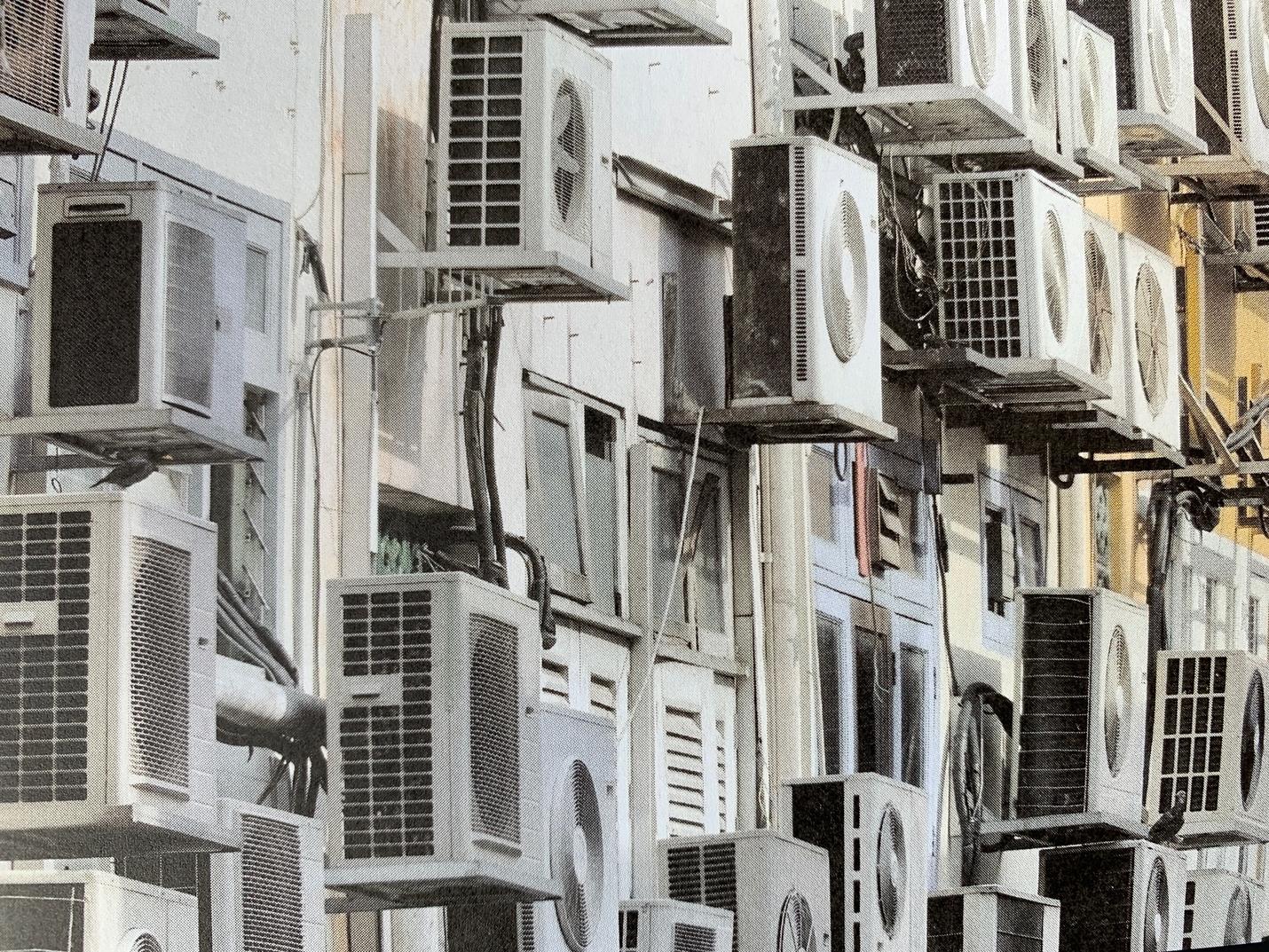Refrigerants continue to cause planetary trouble, however huge volumes of CFCs and HCFCs remain in circulation, retaining their potential for ozone damage. Their replacement chemicals, primarily hydrofluorocarbons (HFCs), have minimal deleterious effect on the ozone layer, but their capacity to warm the atmosphere is one thousand to nine thousand times greater than carbon dioxide, depending on their exact chemical composition.
In October 2016 officials from more than 170 countries gathered in Kigali, Rwanda to negotiate a deal to address the problem of CFCs...
The world will begin phasing HFCs out of use, startling with high income countries in 2019 and then expanding into low income countries - some in 2024, others in 2028. HFC substitutes are already on the market. Including natural refrigerants such as propane and ammonia.
Unlike the Paris climate agreement, the Kigali deal is mandatory with specific targets and timetables, trade sanctions to punish failure to comply, and commitments by rich countries to help finance the cost of transition. Secretary of State John Kerry has said it is, “the biggest thing we can do (for climate) in one giant swoop”. Scientists estimate the accord will reduce global warming by nearly one degree Fahrenheit...
According to the Lawrence Berkeley National Laboratory, 700 million air conditioning units will have come online worldwide by 2030.
Refrigerants currently cause emissions throughout their life cycles - in production, filling, service, and when they leak - but their damage is greatest at the point of disposal. Ninety percent of refrigerants emissions happen at end of life. If the chemicals (or appliances that use them) are not disposed of. Effectively, they escape into the atmosphere and cause global warming. On the other hand, refrigerant recovery has immense mitigation potential. After being carefully removed and stored, refrigerants can be purified for reuse or transformed into other chemicals that do not cause warming...
Today 86 percent of US homes have systems that provide cool air...
Impact
Our analysis includes emissions reductions that can be achieved through the management and destruction of refrigerants already in circulation.
Over thirty years, containing 87 percent of refrigerants likely to be released could avoid emissions equivalent to 89.7 gigatonnes of carbon dioxide. Phasing out HFCs per the Kigali accord could avoid additional emissions equivalent to 25 to 78 gigatonnes of carbon dioxide. The operational costs of refrigerant leak avoidance are high, resulting in a projected net cost of $903 billion by 2050.
“Drawdown: the most comprehensive plan ever proposed to reverse global warming”, pp. 164-165.
#ProjectDrawdown
